These aren’t necessarily the five best cars on sale; they’re the five cars we like best, which is a rather different thing.
Correctly, choosing them required extended wrangling, and at one time or another any of the top nine could have made the cut. In particular, some of us still can’t believe that the Ford Fiesta 1.0T Ecoboost and Ferrari 488 GTB didn’t make the final reckoning, and I’m one of them.
Read our bottom 10 cars on sale today
But no one could begrudge the five we chose to knock into a final order. We have a hatchback, a small sports car, an SUV, a race-track refugee and a pure supercar, but finding the common threads they share isn’t difficult. As driving machines, all are exceptional for the kinds of car they are, but there is something more fundamental here. Their most important bond is the way each was designed by teams who barely looked up when the class standard had been met, paused briefly to sneer at the class best and then just kept going, farther than would have been required for success in the marketplace. That is how the merely excellent becomes the truly exceptional. And that is why these five are here.
5 - Land Rover Range Rover Sport

Land Rover really didn’t need to make the Range Rover Sport this good. Its predecessor was by far its weakest product but, at least until the Evoque turned up, easily its most profitable. People just loved the idea.
The Sport should be a terrible compromise, because its brief seems impossibly wide. Here is a car charged with being the first seven-seat Range Rover yet somehow also the best to drive. It must also do all those things Range Rovers are able to do off road, even if they’ll never actually do them, while making the right statement about the person behind the wheel. The fact that it achieves these disparate, conflicting objectives shows not only the skill of its designers and engineers but also the scope that remains within the SUV genre for standards to improve.

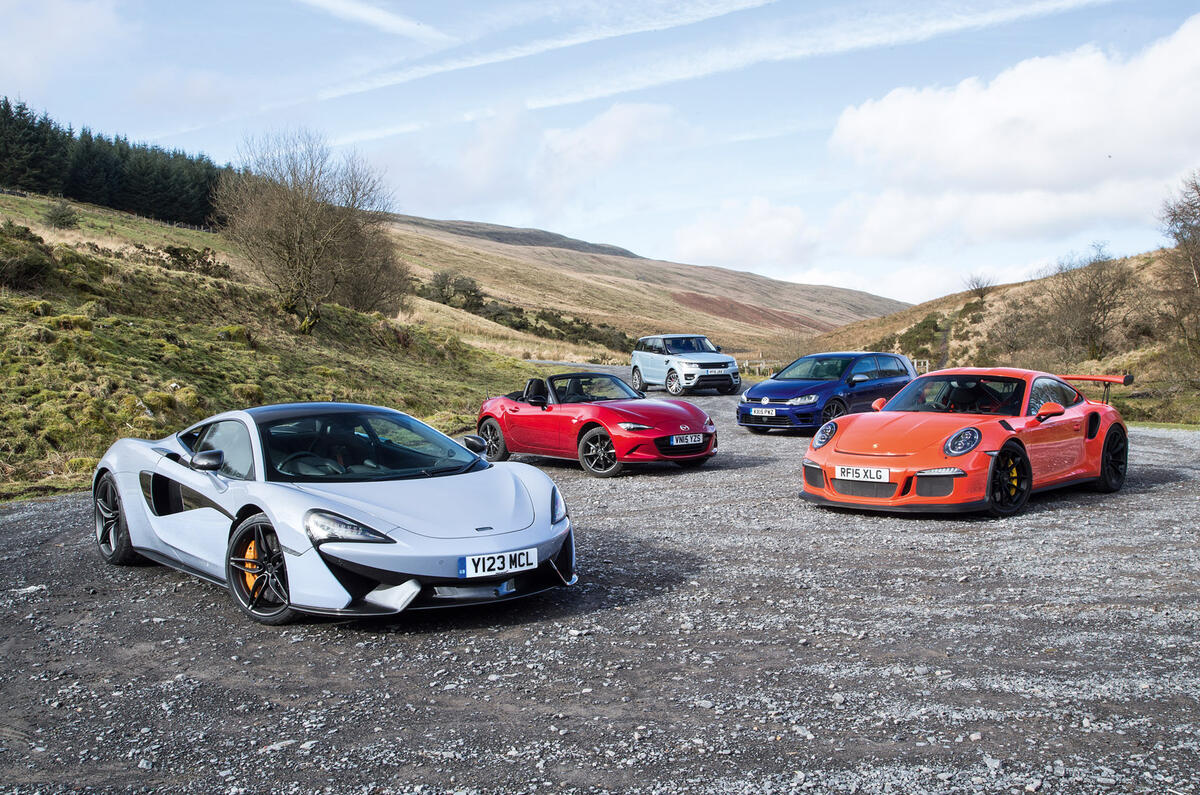

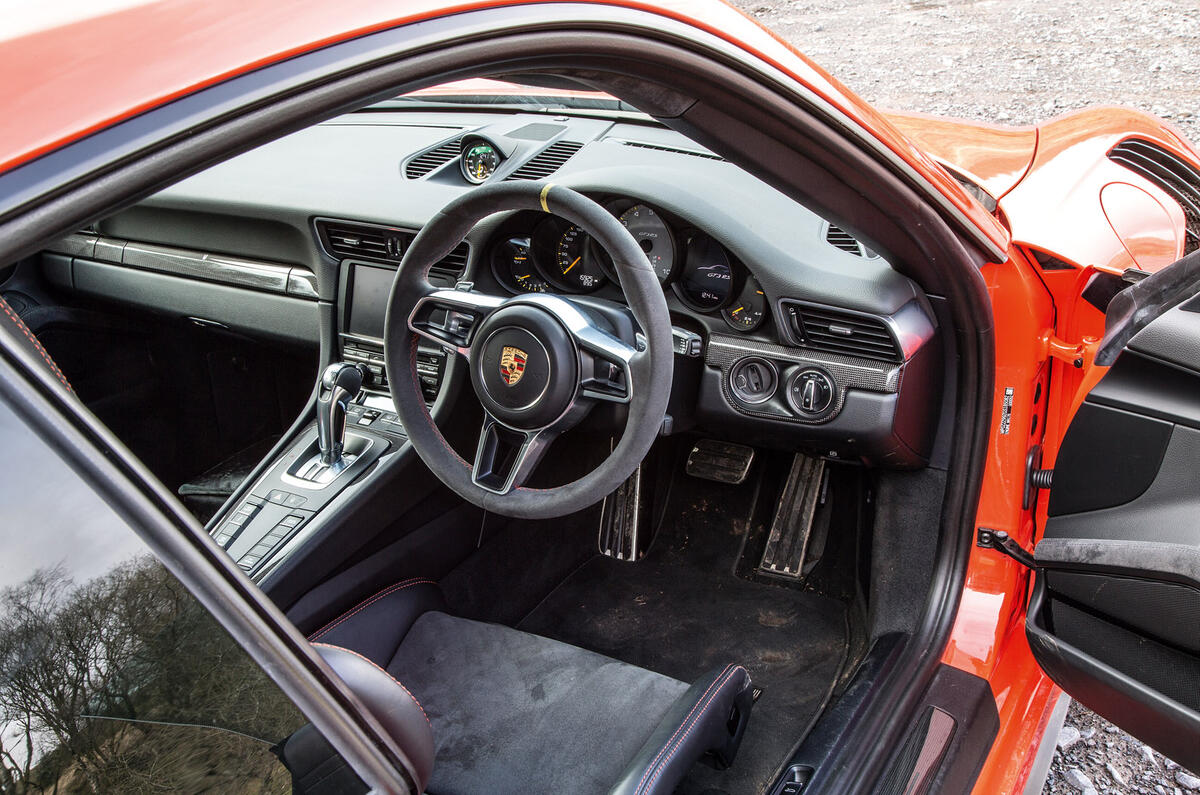
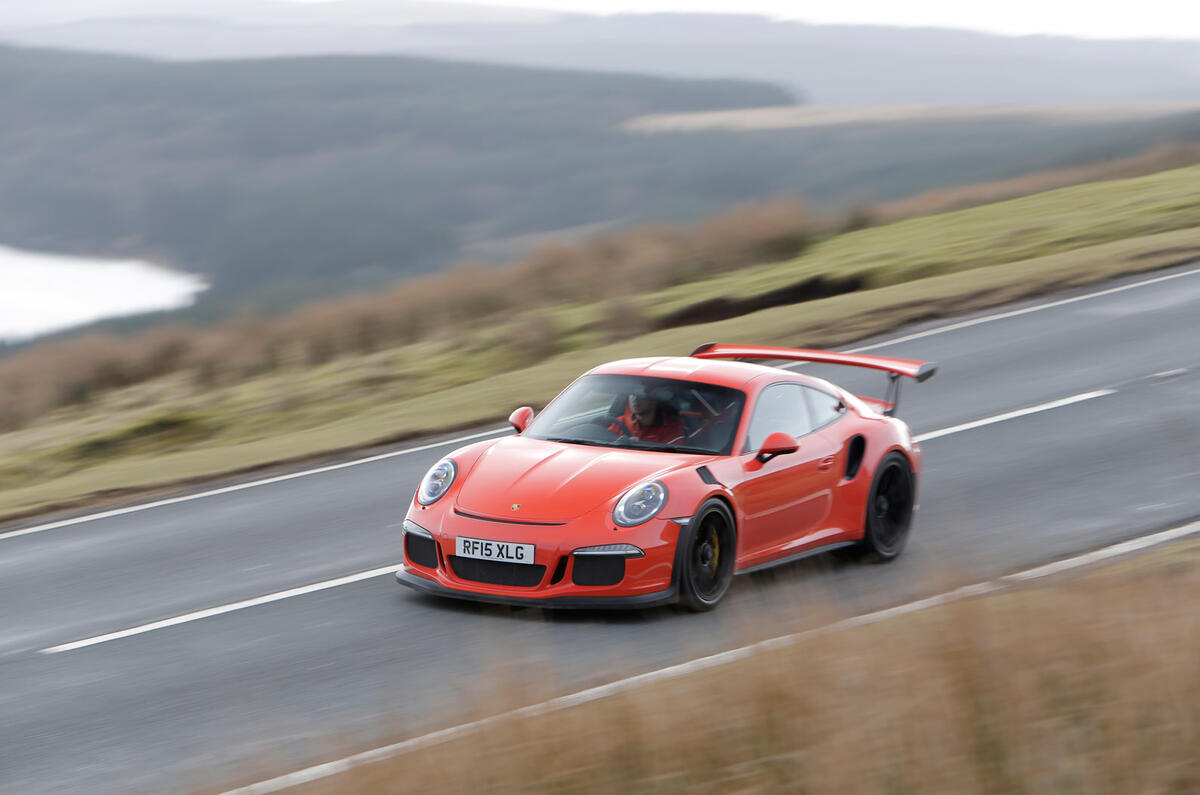

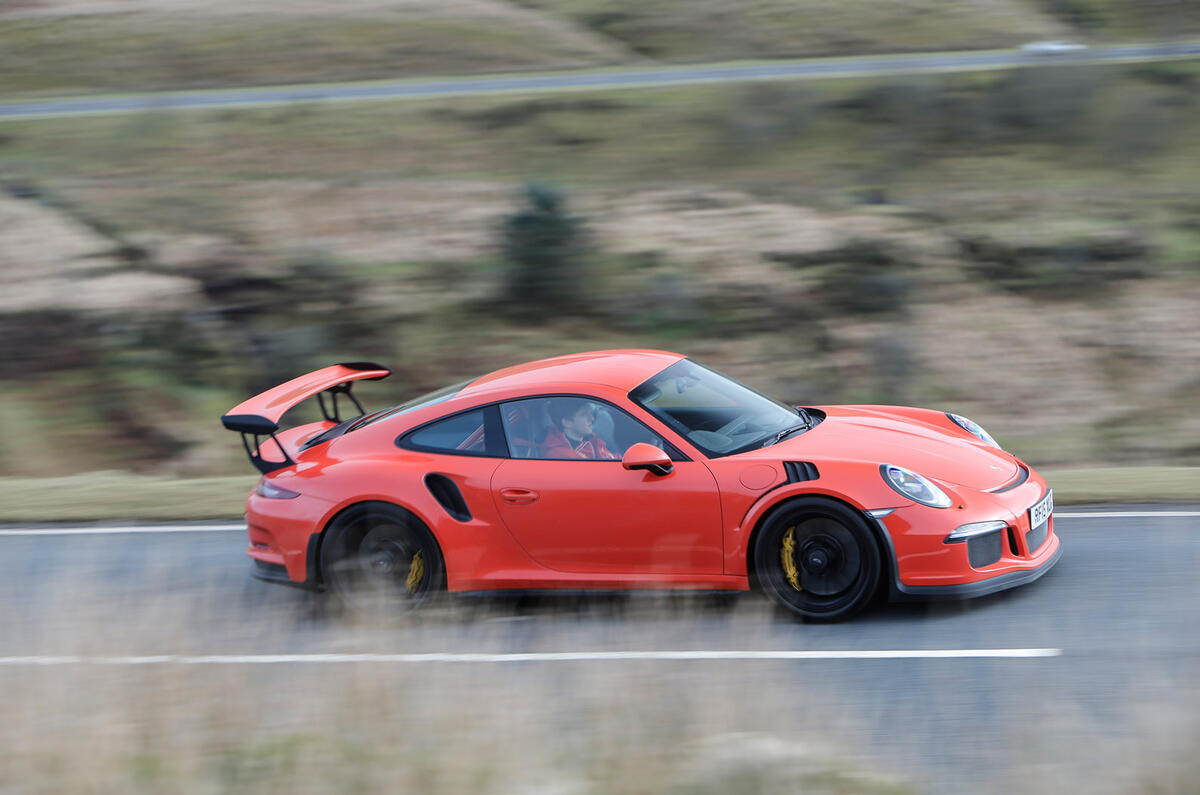

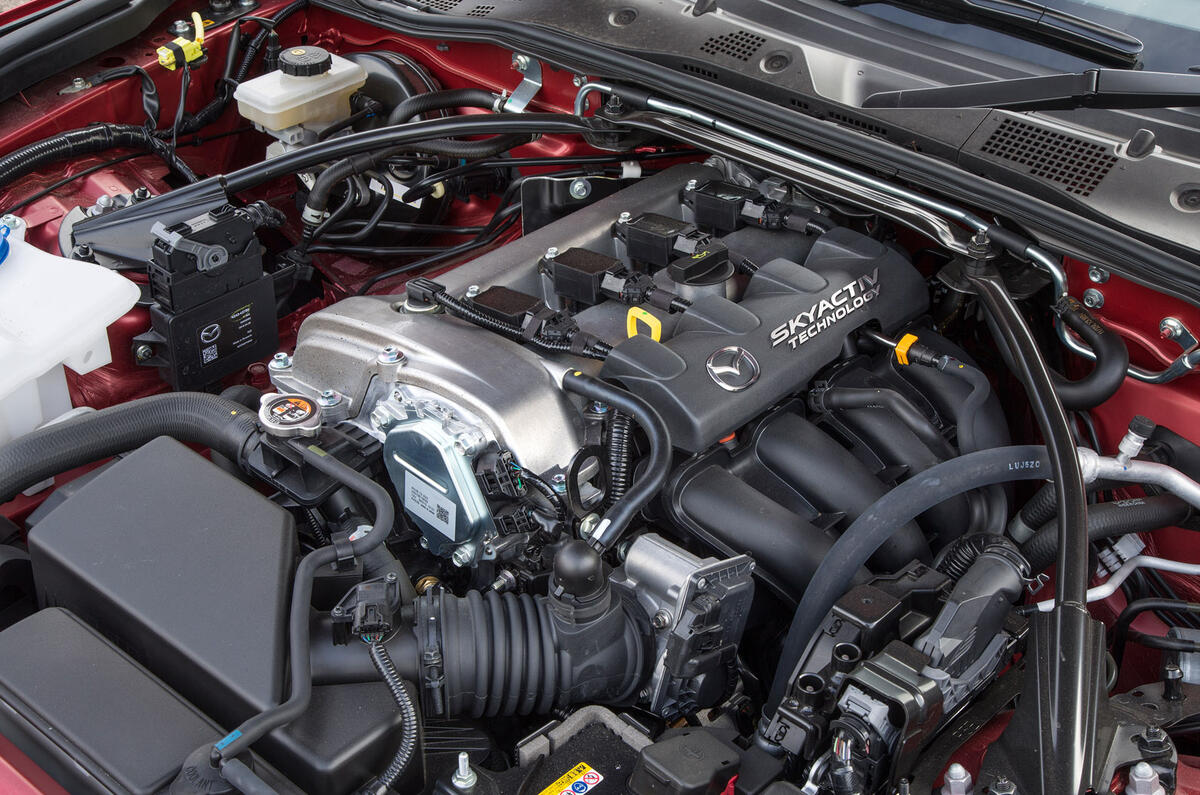
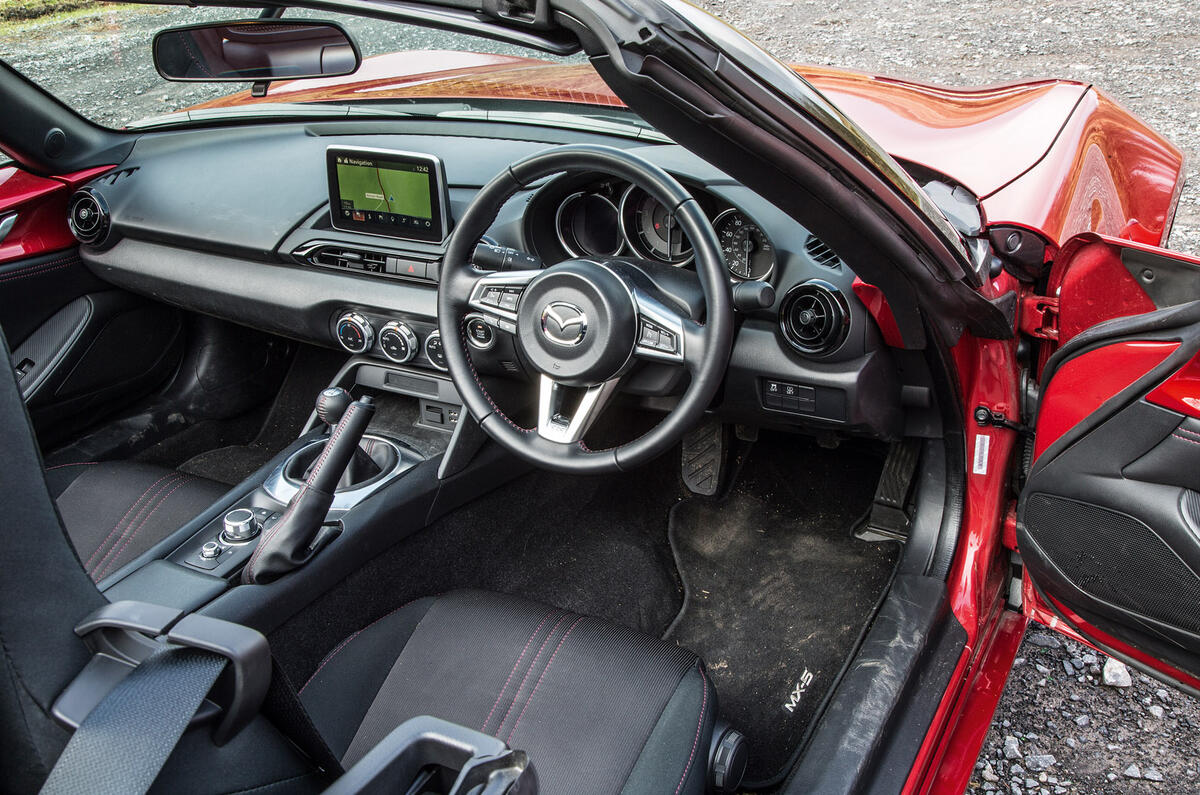
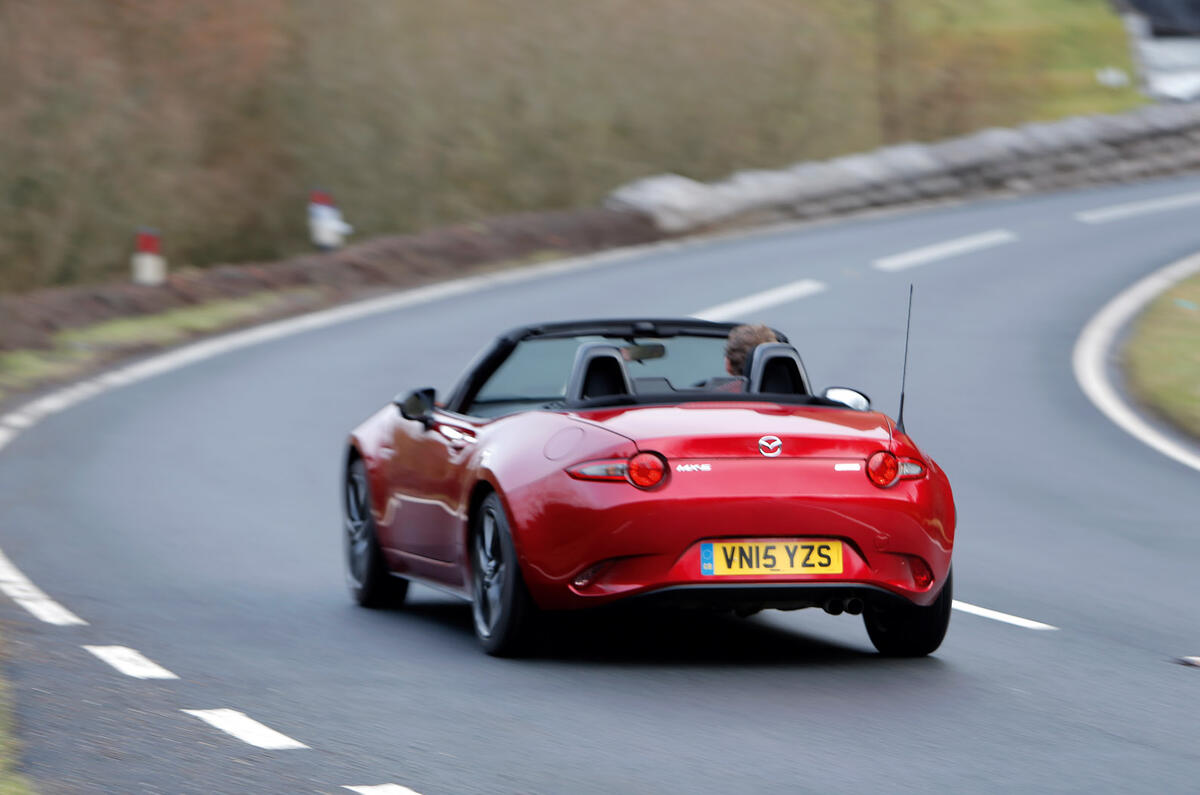

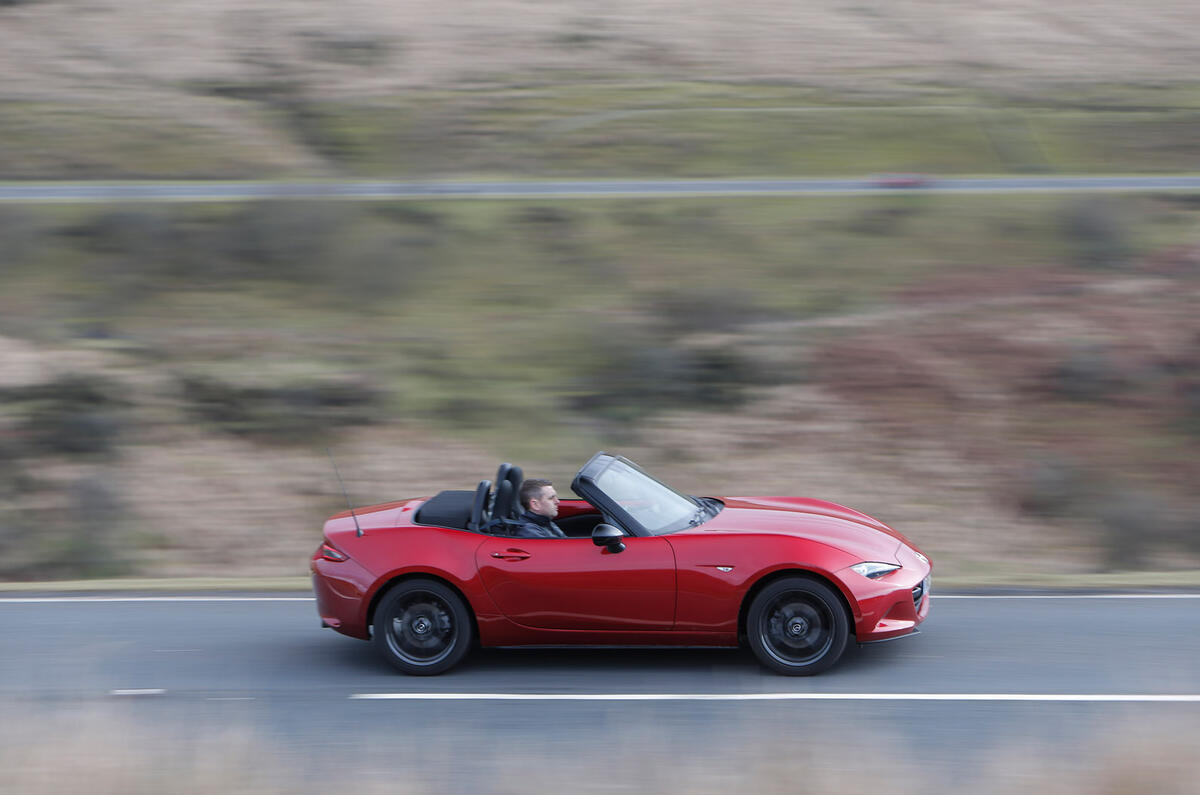
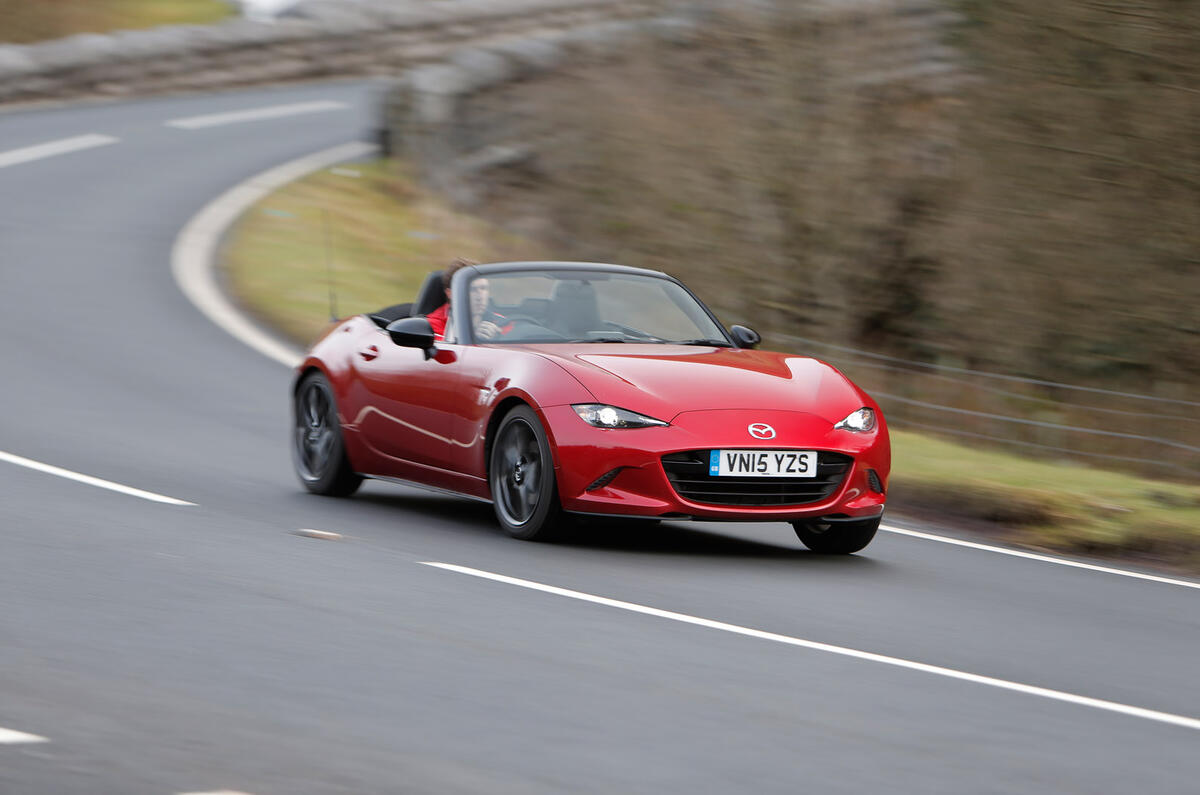
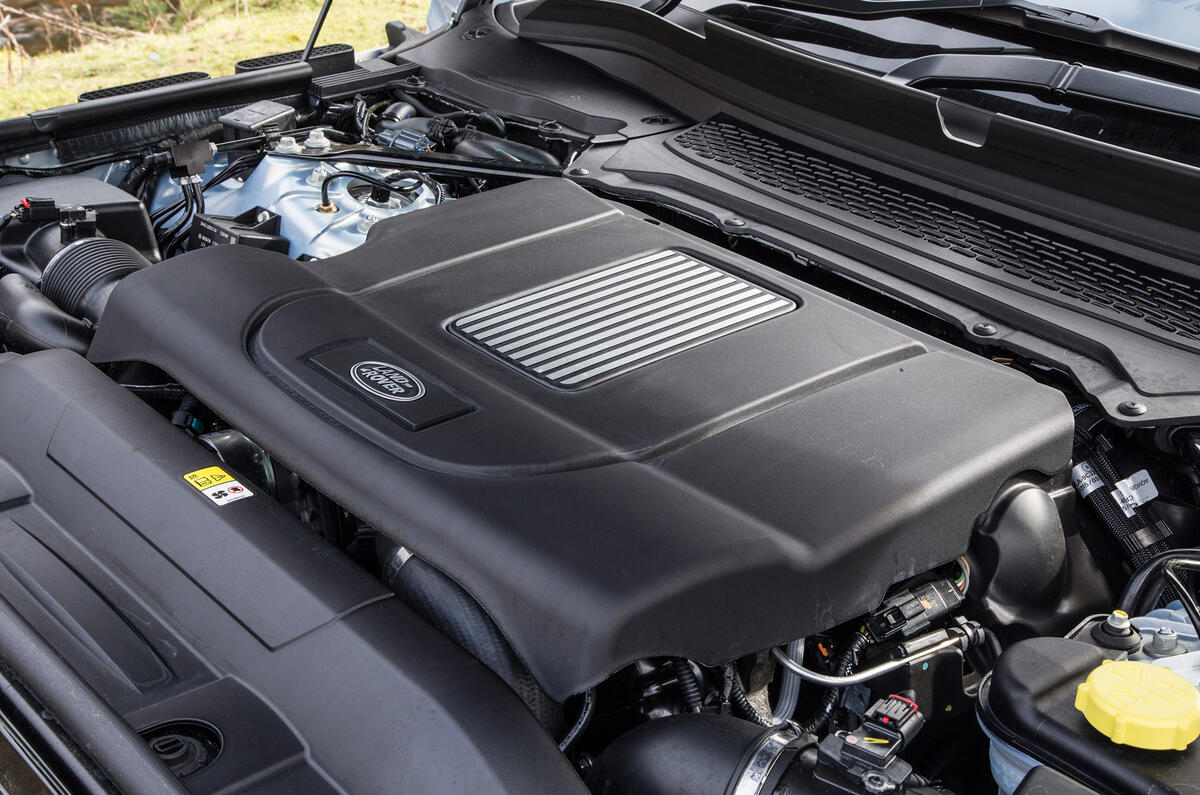
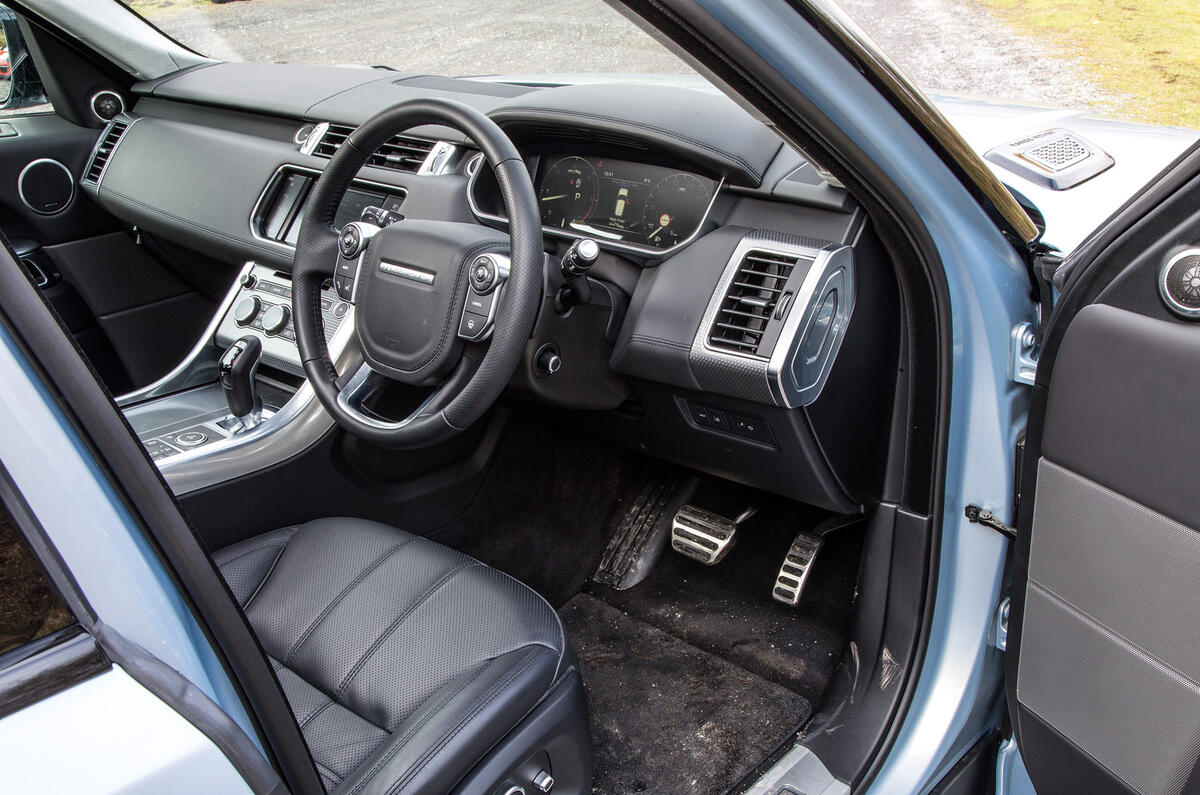
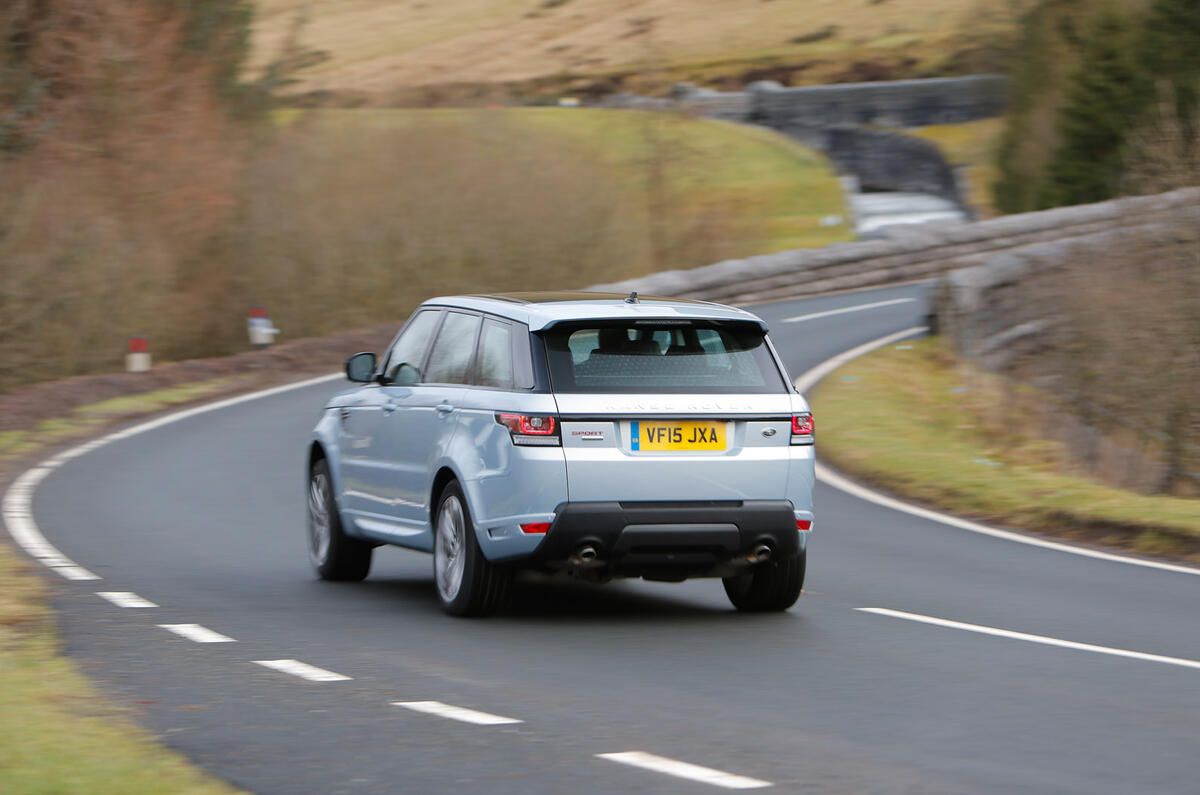

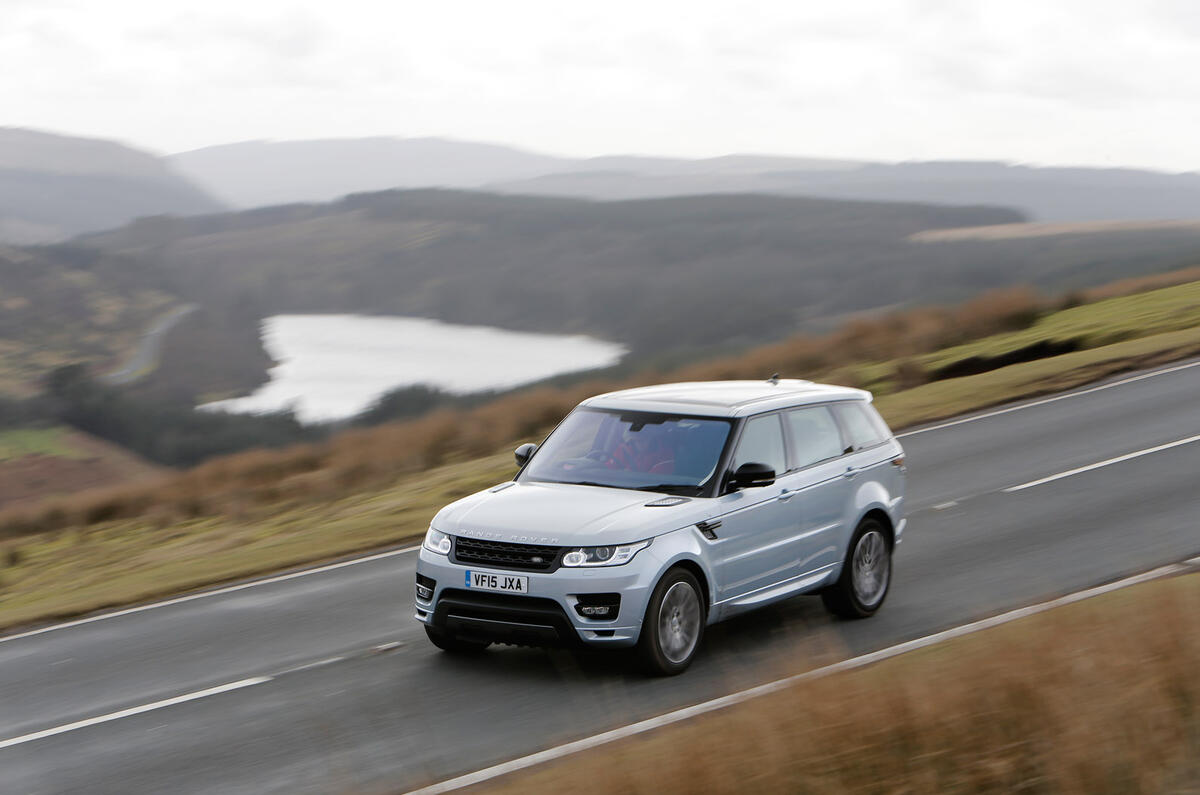
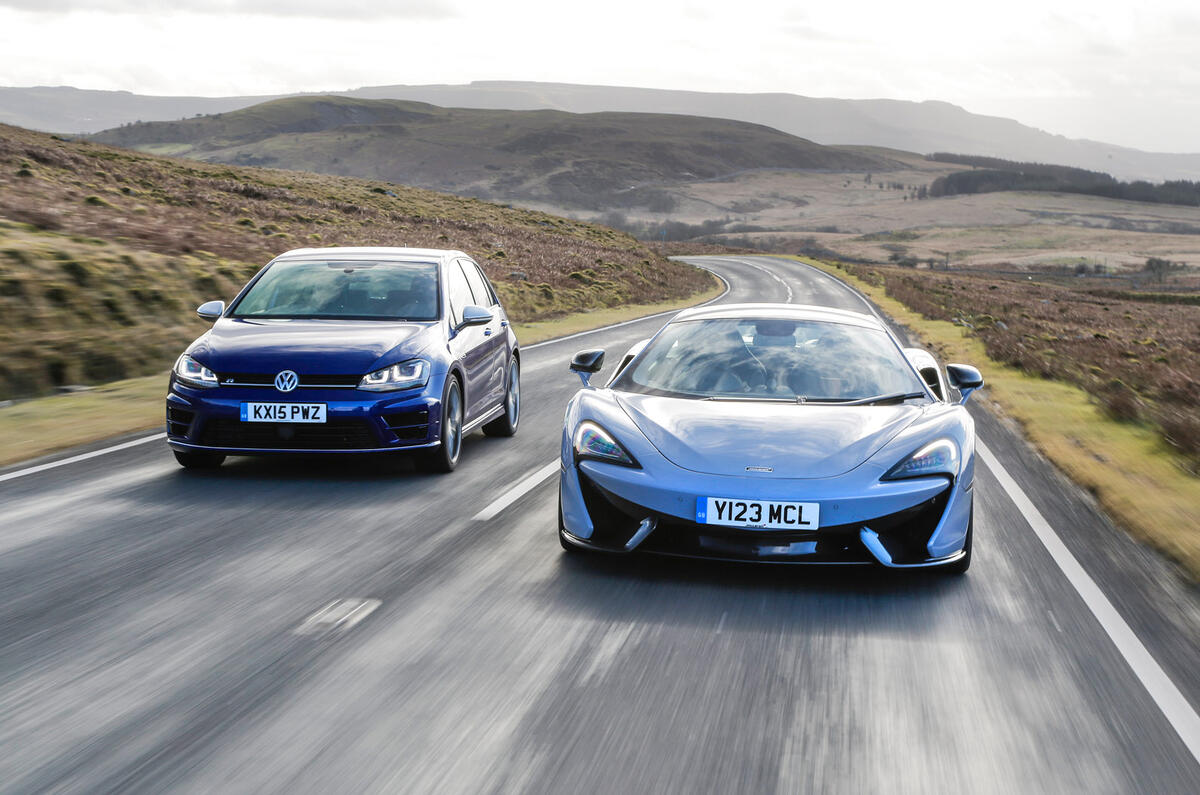
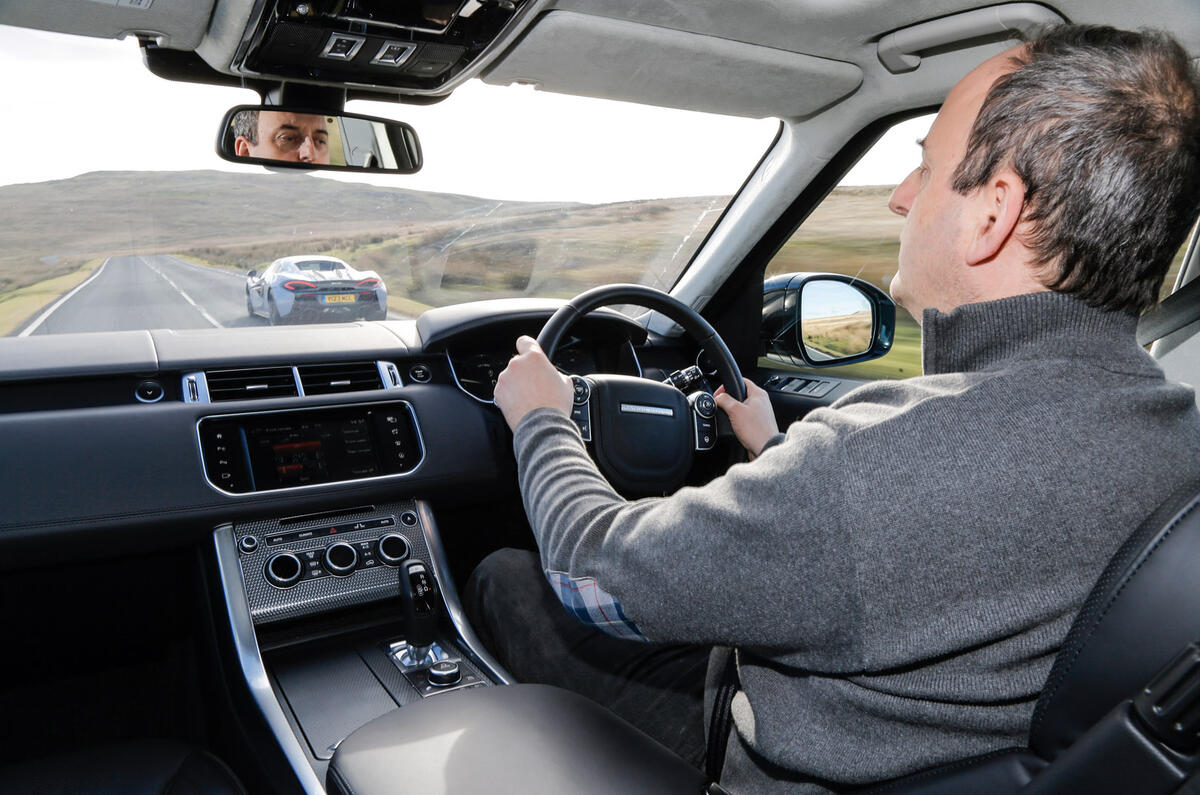

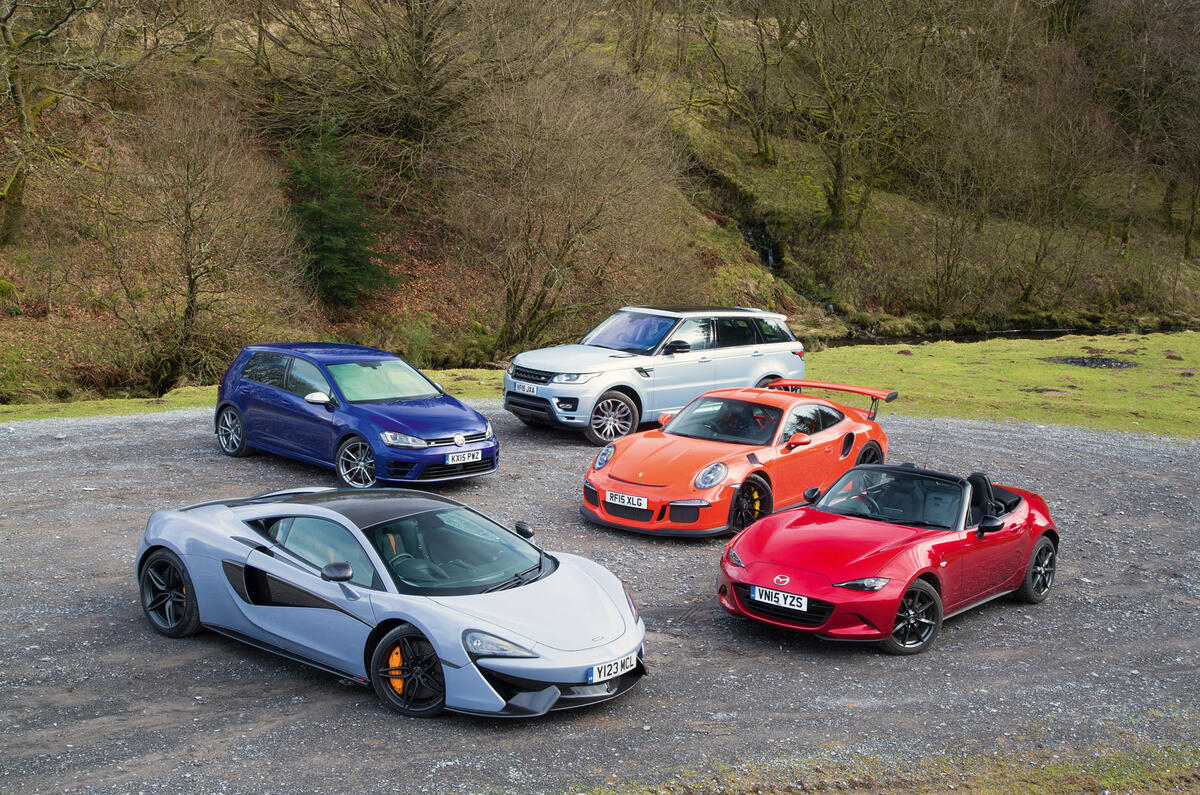

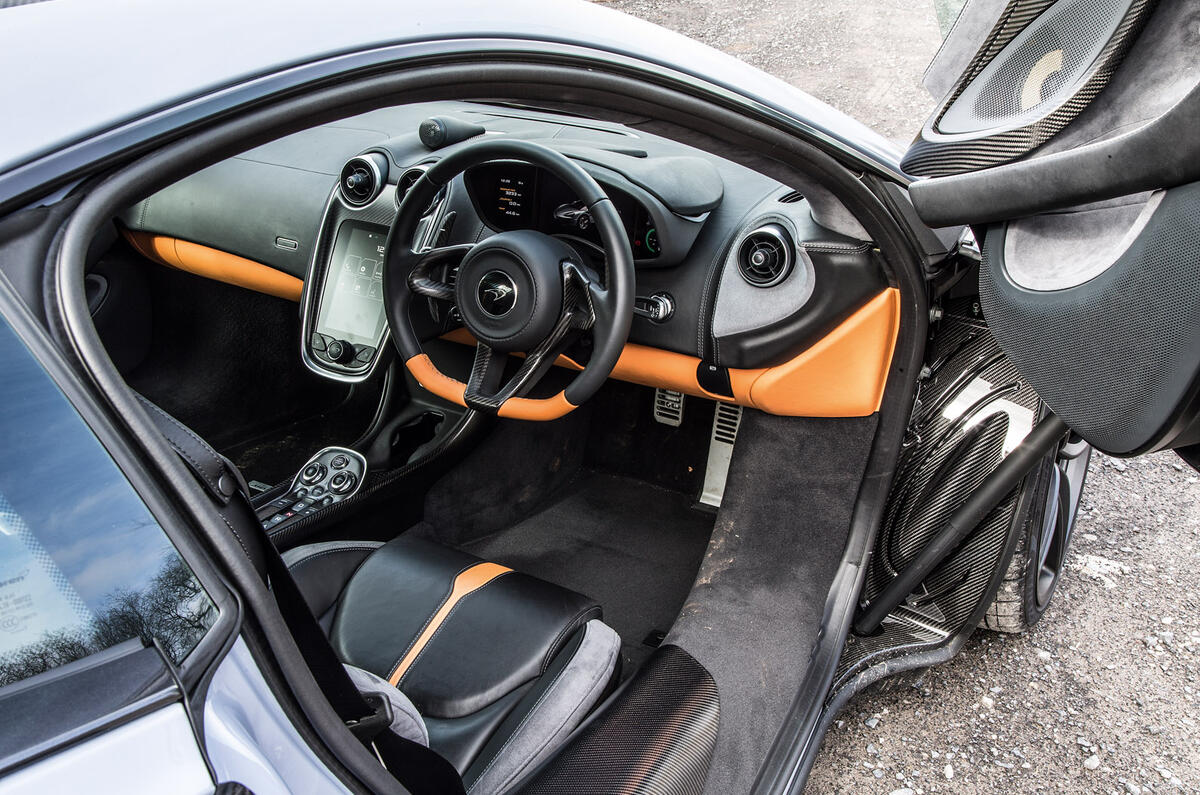
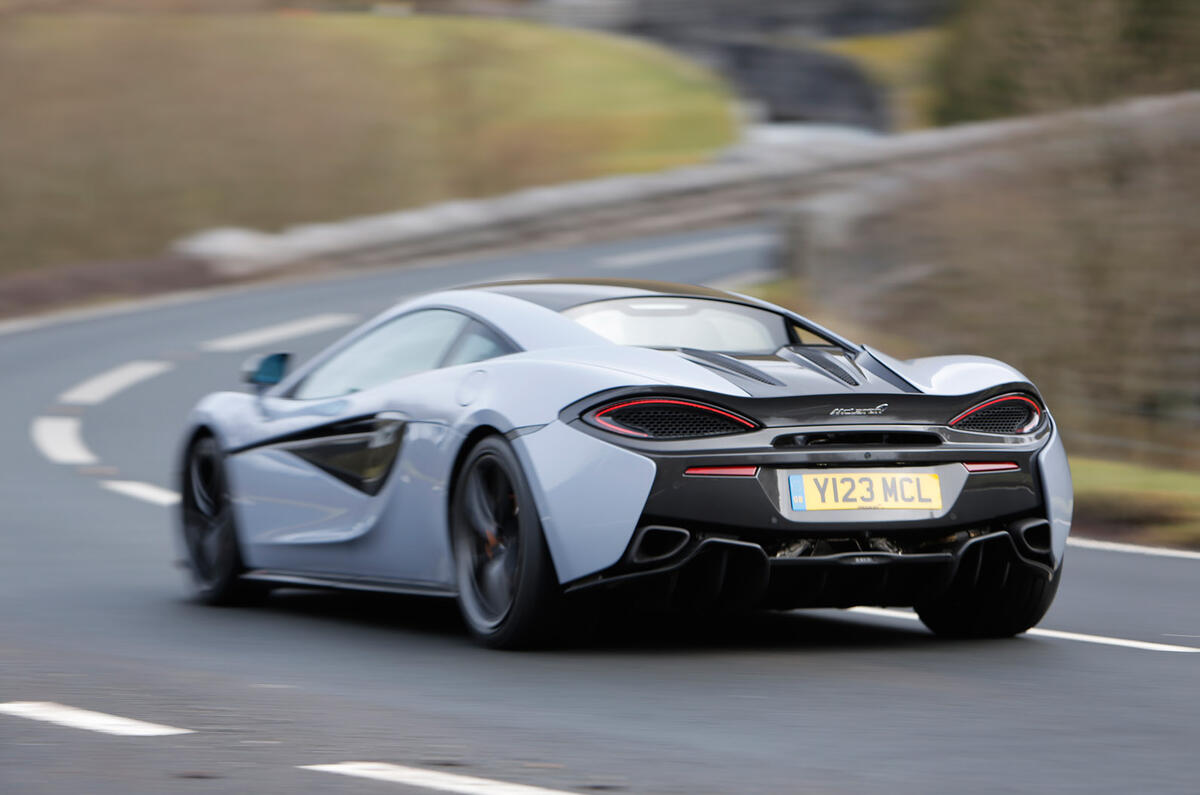

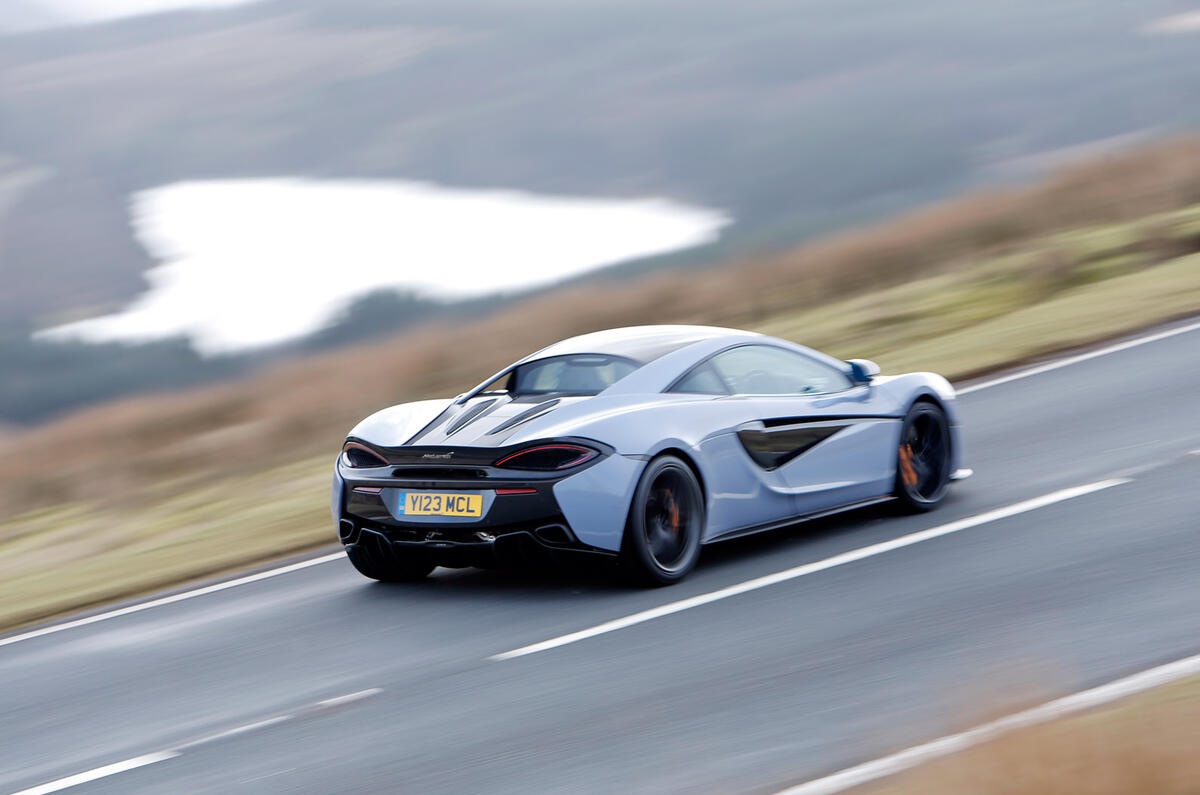

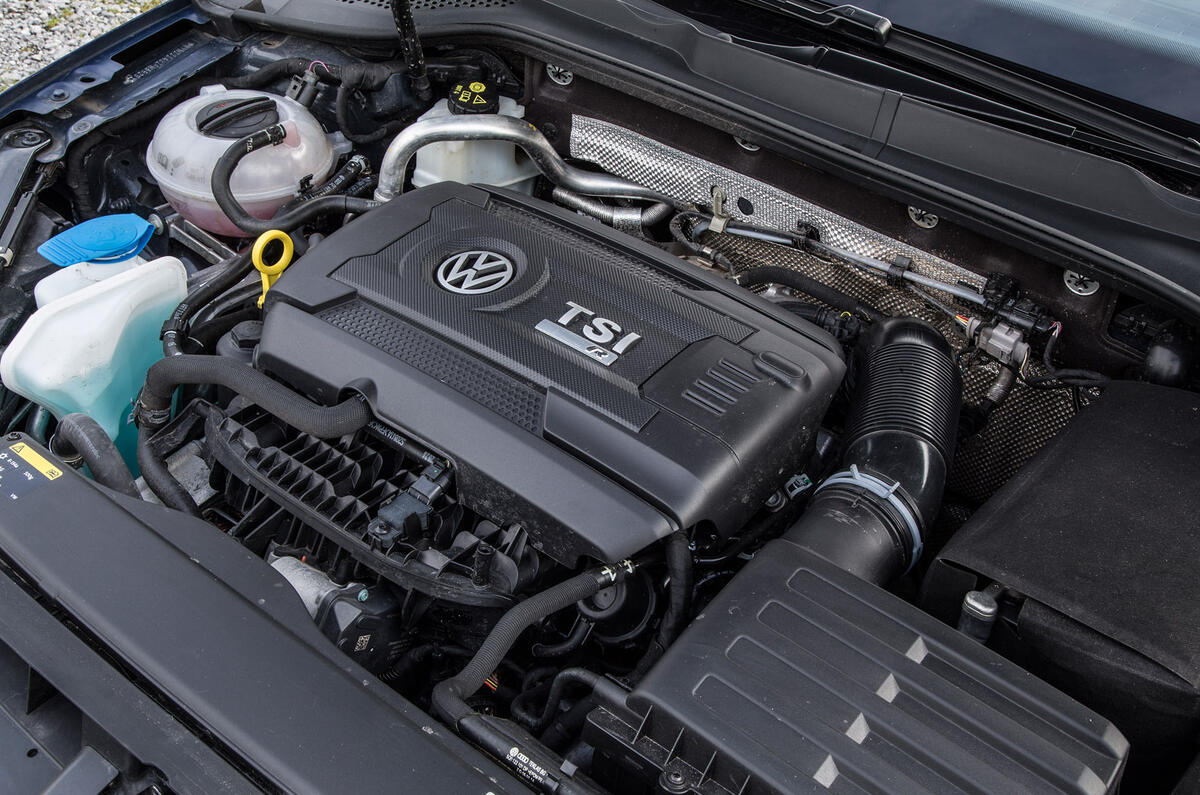
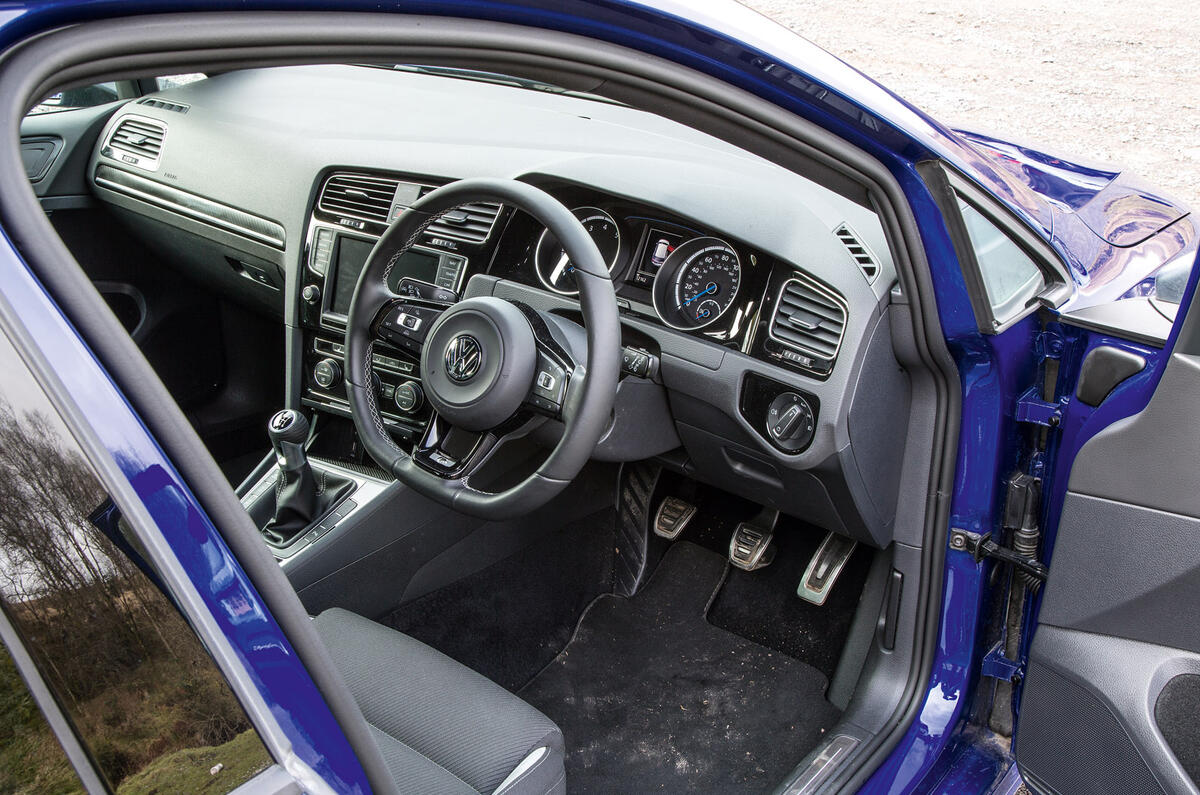
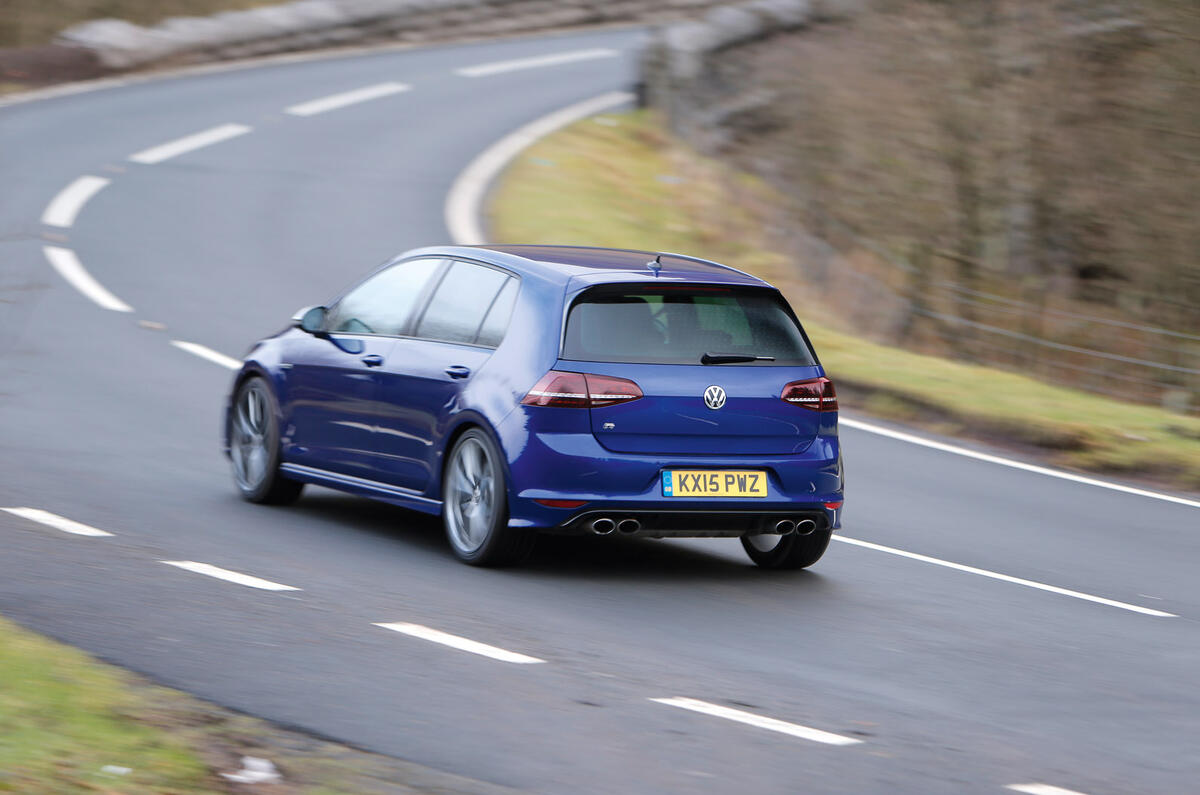


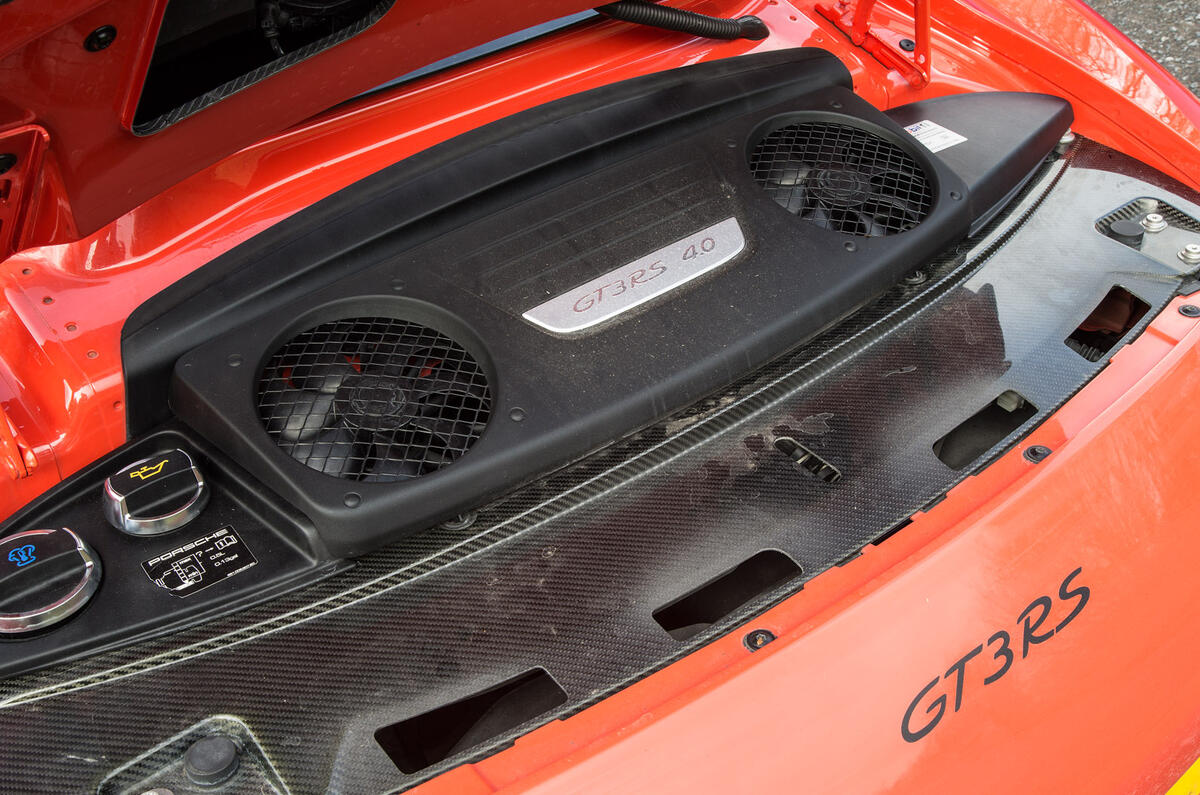


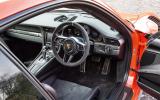


























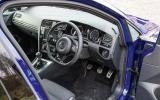



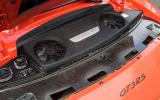





Join the debate
Add your comment
Best car?
I am sure that the McClaren is very good, but they really need to see Lotus to sort the styling out.
Best car, one that is comfortable, reliable, economical, will deal with muddy and icy roads and keeps its value. This rules out any two wheel drive.
Something like a 4x4 Skoda, then!?
Audi, Watches and Pens. Oh My!
spqr wrote: Citytiger's
I'd be interested to read if you could come up with examples of models which share the same chassis and engine, and have the same equipment, except with the sole difference of Audi using better materials and interfaces, where the price difference is £10,000. Or are you going to fall back on the old "up to" argument, and say that five hundred quid falls into the up to £10,000 bracket?
And while we are at it